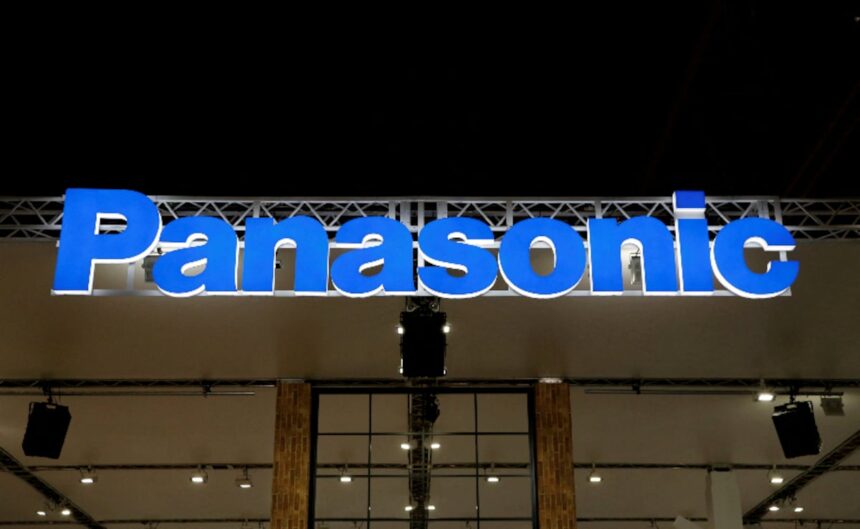Panasonic, the Japanese electronics giant, is set to reduce its workforce by approximately 10,000 employees globally. This move includes cutting 5,000 jobs in Japan and another 5,000 overseas, representing around 4% of its total workforce of 230,000 employees. The company’s decision to implement these layoffs is part of a larger restructuring effort aimed at enhancing profitability and streamlining operations.
The restructuring plan, which is expected to incur costs of about $896 million, is projected to lead to a profit increase of $1 billion by March 2027 and $2.1 billion by March 2029, according to Reuters. The layoffs will be carried out gradually over the next few years, with a focus on improving operational efficiency, particularly within sales departments. The company plans to consolidate sales and indirect operations, terminate certain business activities, and encourage employees in Japan to take early retirement.
Panasonic’s CEO, Yuki Kusumi, emphasized the necessity of these job cuts to achieve better performance in a highly competitive market. He also announced that he would return 40% of his compensation in light of the layoffs. The company stated that all layoffs would be conducted in compliance with labor laws and regulations in each country.
Several factors have contributed to the need for these layoffs, including a challenging consumer electronics market where Panasonic faces tough competition from Chinese rivals like Haier and Midea. Additionally, a slowdown in electric vehicle demand has impacted the company’s battery business, which supplies major automakers like Tesla, Mazda, and Subaru. To address these challenges, Panasonic is reallocating resources to high-growth areas such as AI, biometrics, and energy storage while phasing out less profitable segments.
The restructuring plan also involves consolidating and streamlining various functions and departments to enhance profitability. In the consumer electronics division, Panasonic aims to improve cost efficiencies and optimize IT investments. These measures are expected to result in a minimum profit improvement of $1 billion, with a significant portion attributed to the job cuts.
The significance of Panasonic’s layoffs extends beyond the company itself. It reflects broader industry trends as tech and industrial giants adapt to changing market dynamics, supply chain disruptions, and the transition to sustainable energy solutions. The move underscores Panasonic’s commitment to remaining competitive in a rapidly evolving market and highlights the challenges companies face in adjusting to shifting market conditions.
As Panasonic navigates this period of restructuring, it remains a prominent player in the global electronics industry, known for its innovative products and household appliances. By implementing these strategic changes, the company aims to position itself for long-term success and continued growth in the ever-evolving marketplace.








